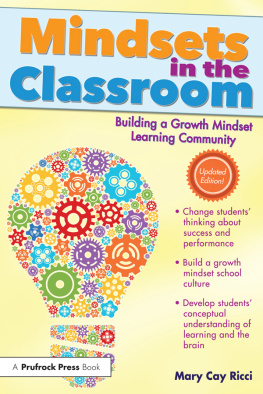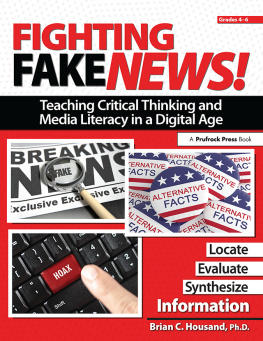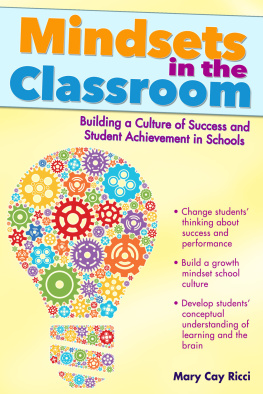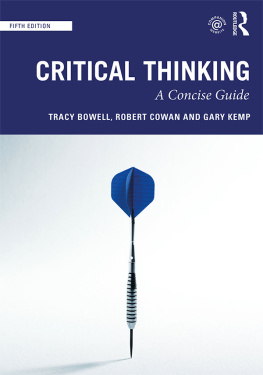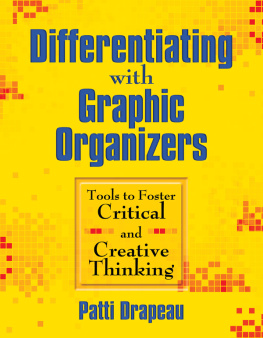Navigation
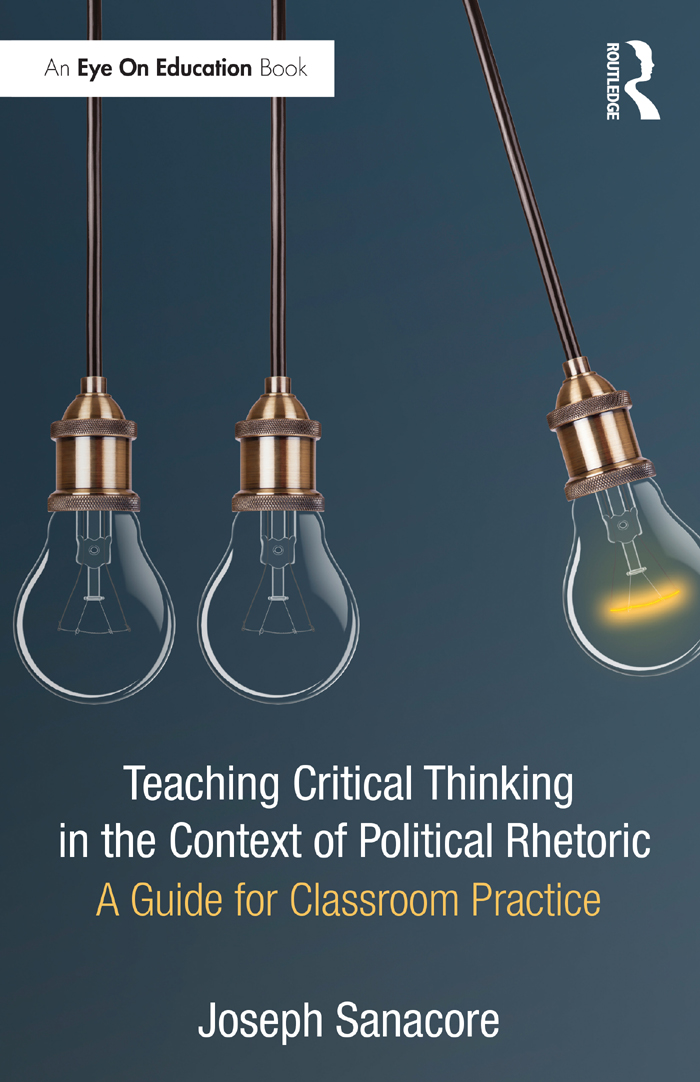
Written at a time when news can be fake and facts can have alternatives, this book provides teachers with innovative research-based instructional strategies that help students learn how to think through complex questions in a deliberate and informed way. It is a timely and valuable resource for practitioners who are looking for effective ways to address a pressing educational priority: teaching students how to critically evaluate various types of information and reach a sound conclusion. Importantly, the book treats teachers as co-inquirers, who reflect on their own thinking and continue to learn with their students.
Alina Reznitskaya, Professor, Department of Educational Foundations, Montclair State University, New Jersey
In this brief volume, Dr. Sanacore provides a desperately needed reprieve from the onslaught of teaching guides that focus on delivering content and scalability, and guides us through some of the ways we can help to foster more critical engagement from our students. Some of the specifics here are likely to be familiar to those who have teaching experienceindeed, some of them have been used over millennia in one form or anotherbut even the most experienced teachers will find something useful to draw on and to help improve not what their students know, but how they know. It is the sort of book you keep nearby when you need a reminder of what is important about teaching, and how you can contribute to the lives of your students and to our broader discourse through your choices in the classroom.
Alexander Halavais, Associate Professor of Data & Society, New College, Arizona State University
Teaching Critical Thinking in the Context of Political Rhetoric
During the past several decades, there has been a blitz of information, sometimes referred to as the knowledge explosion, and students have struggled in their attempts to distinguish true, fake, and terribly biased information, especially regarding political issues. This book highlights the value of critical thinking as a way to navigate this difficult and frustrating terrain, so that students grow and develop as knowledgeable, independent thinkers. To promote this growth, the book offers thoughtful, evidence-based advice for teachers to support students deep thinking as it relates to real-world contexts. Strategies presented include student reflection based on experience, moving from narrow to broader perspectives, and using graphic organizers to build and activate knowledge before, during, and after instructional activities. With the instructional guidance and activities presented in this short, easy-to-apply volume, teachers can give students the tools they need to negotiate the often-murky waters of political communication.
Joseph Sanacore is a journalist, researcher, and professor in the Department of Teaching and Learning at the Post Campus of Long Island University, Brookville, NY. He has authored more than 100 articles, essays, and book chapters. He was also an elementary, middle, and high school teacher and a K12 Director of Language Arts and Literacy.
Teaching Critical Thinking in the Context of Political Rhetoric A Guide for Classroom Practice
Joseph Sanacore

First published 2022
by Routledge
605 Third Avenue, New York, NY 10158
and by Routledge
2 Park Square, Milton Park, Abingdon, Oxon, OX14 4RN
Routledge is an imprint of the Taylor & Francis Group, an informa business
2022 Joseph Sanacore
The right of Joseph Sanacore to be identified as author of this work has been asserted by him in accordance with sections 77 and 78 of the Copyright, Designs and Patents Act 1988.
All rights reserved. No part of this book may be reprinted or reproduced or utilised in any form or by any electronic, mechanical, or other means, now known or hereafter invented, including photocopying and recording, or in any information storage or retrieval system, without permission in writing from the publishers.
Trademark notice: Product or corporate names may be trademarks or registered trademarks, and are used only for identification and explanation without intent to infringe.
Library of Congress Cataloging-in-Publication Data
Names: Sanacore, Joseph, author.
Title: Teaching critical thinking in the context of political rhetoric : a guide for classroom practice / Joseph Sanacore.
Description: New York, NY : Routledge, 2022. | Includes bibliographical references.
Identifiers: LCCN 2021018696 (print) | LCCN 2021018697 (ebook) | ISBN 9781032079707 (hardback) | ISBN 9781032079691 (paperback) | ISBN 9781003212300 (ebook)
Subjects: LCSH: Critical thinking--Study and teaching. | English language--Rhetoric--Study and teaching. | Rhetoric--Political aspects.
Classification: LCC LB1590.3 .S248 2022 (print) | LCC LB1590.3 (ebook) | DDC 370.15/2--dc23
LC record available at https://lccn.loc.gov/2021018696
LC ebook record available at https://lccn.loc.gov/2021018697
ISBN: 978-1-032-07970-7 (hbk)
ISBN: 978-1-032-07969-1 (pbk)
ISBN: 978-1-003-21230-0 (ebk)
DOI: 10.4324/9781003212300
Typeset in Palatino
by MPS Limited, Dehradun
To my five delightful grandchildren (in chronological birth order): Gabriel, Spencer, Darien, Nathan, and Cayden. May you always have a zest for seeking the truth and thinking critically. I love you guys with all my heart and soul.
Contents
Joseph Sanacore
Politicians are expected to be positive role models for children, adolescents, and adults, and what they say and do represent leadership behavior. Regrettably, some political leaders have demonstrated negative behavior in both rhetoric and actions. Because citizens are observing such behavior, they might believe it is okay to emulate it. Teachers therefore must accept a vitally important, but delicate, role of teaching critical thinking skills without imposing teacher biases. In the context of political rhetoric, students need guidance to analyze, synthesize, apply, evaluate, and problem-solve creatively because this instructional direction will help them to grow and develop as knowledgeable, independent thinkers. While focusing on these and other aspects of higher interactive thinking skills (HITS), insights are inspired by the foundation work of , by state education department standards, and by spiritual theorists, researchers, and practitioners.
Moving in this direction is the major goal of this humble book. Although classroom teachers and school administrators have been promoting critical thinking nationwide, their efforts are sometimes limited and are missing essential ingredients that consistently support HITS. Part of this gap between good intentions and inadequate implementation is caused by confusion about how to define critical thinking, how to develop a supportive rationale, and how to apply its tenets across the curriculum.
Furthermore, if teachers are expected to foster critical thinking in their students, they, themselves, must be critical thinkers, they must be deep thinkers, they must have intellectual humility, and they must have a reasonable, rational, multi-logical worldview. In short, teaching for critical thinking presupposes a clear conception of critical thinking in the mind of the teacher (). Without such dispositions, teachers might be building, instead of tearing down, barriers to foster critical thinking.


